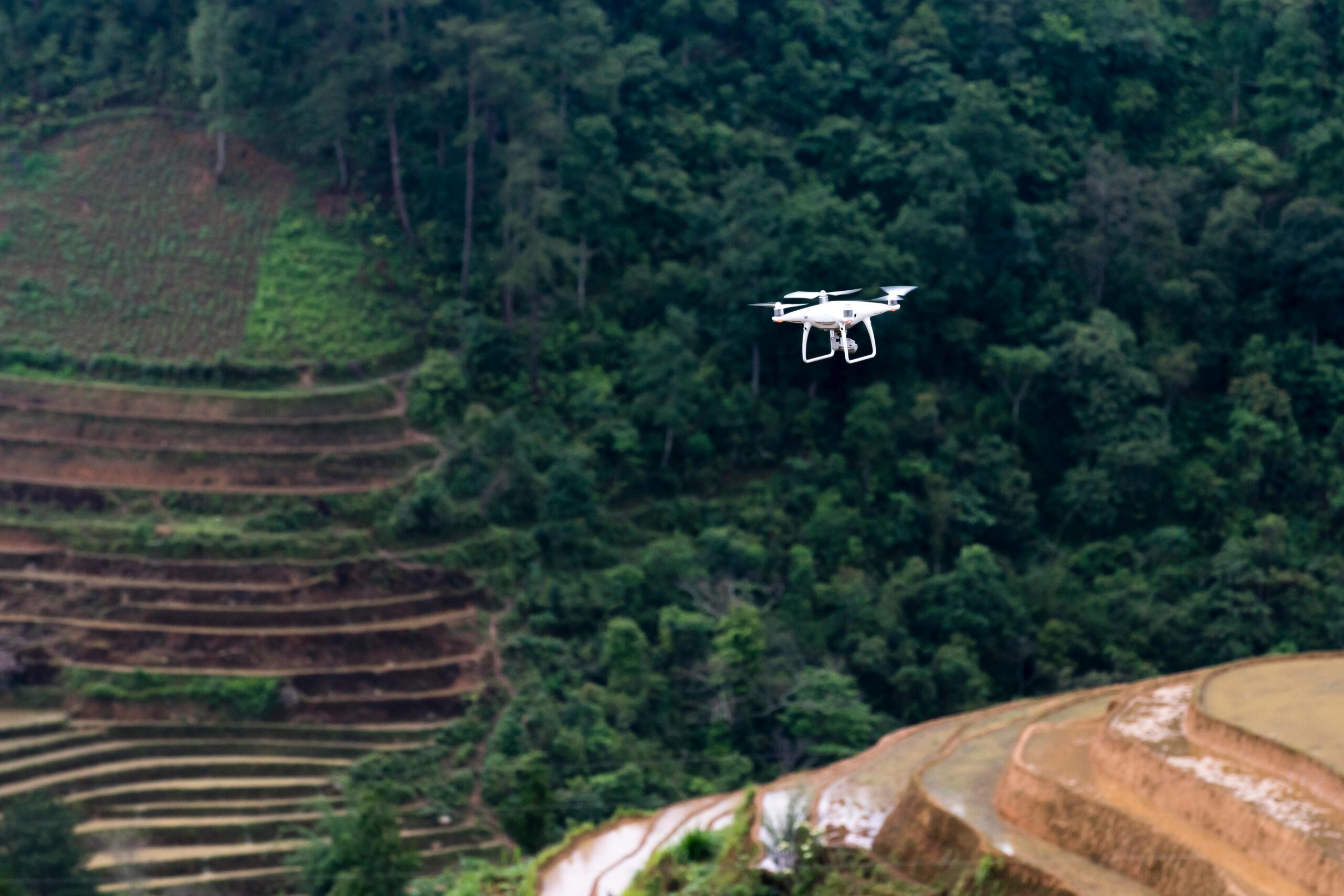
Smart Farms: Revolutionizing Agriculture with IoT Devices
Discover how Internet of Things (IoT) devices are transforming traditional farming into smart farms, boosting efficiency, productivity, and sustainability in agriculture. Explore the future of farming today.
Introduction
Imagine waking up to a world where farms communicate directly with farmers, where crops report their own needs, and where machines operate with precision to ensure the healthiest yield. Welcome to the era of smart farms, where the Internet of Things (IoT) is not just a buzzword but the backbone of modern agriculture. This blog post will explore how IoT devices are paving the way for a new age of farming, characterized by unprecedented efficiency and productivity. From soil sensors to autonomous tractors, let’s delve into how technology is making agriculture smarter.
The IoT Revolution in Agriculture
The Internet of Things, or IoT, refers to a network of physical devices that collect and share data through the internet. In the context of agriculture, these devices range from soil moisture sensors to drones, all working together to optimize farm operations. This technological revolution is empowering farmers to monitor and manage their fields in real-time, making informed decisions that lead to increased crop yields and reduced resource waste.
The Roots of Efficiency: Soil and Crop Monitoring
One of the keystones of smart farming is the ability to monitor soil and crop health accurately. IoT devices, such as soil moisture sensors and nutrient levels monitors, provide vital data directly to the farmer’s smartphone or computer. This means farmers can water their crops with precision, reducing water consumption, and ensure their crops receive the right amount of fertilizers, minimizing chemical runoff into local ecosystems. It’s a win-win for both productivity and sustainability.
Autonomous Architects: Drones and Robots
Drones and robots are taking on more roles on smart farms, from aerial surveys that map out the health of crops across vast areas to robots that can weed, plant, and harvest. These autonomous helpers work tirelessly, covering more ground than human workers could, and they do so with pinpoint accuracy. For example, drones equipped with multispectral imaging can detect plant stress before it’s visible to the human eye, allowing for early intervention and potentially saving entire crops from pestilence or disease.
Data-Driven Decisions: Analytics and Predictive Modeling
The heart of the smart farm is not just in its devices but in the data they collect and the insights they provide. Advanced analytics and predictive modeling turn raw data into actionable intelligence. Farmers can predict weather patterns, understand crop rotation benefits, and even forecast market demands. This foresightedness enables better planning and resource allocation, ensuring that farms are not only efficient but also resilient to the uncertainties of climate and market fluctuations.
The Connected Ecosystem: Integration and Automation
Perhaps the most revolutionary aspect of IoT in agriculture is the creation of a connected ecosystem where devices communicate not only with the farmer but also with each other. This integration allows for automation of complex processes. For instance, data from soil sensors can trigger irrigation systems when necessary, without human intervention, or inform robotic harvesters when crops are at their peak ripeness. This seamless orchestration of tasks reduces labor costs and enhances the timing and quality of agricultural activities.
In Conclusion: Cultivating the Future
The integration of IoT devices in agriculture is more than just an upgrade; it’s a complete overhaul of how food is grown. Smart farms signify a leap towards a future where efficiency, productivity, and sustainability are not mutually exclusive but are interwoven into the fabric of agriculture. As we look forward to feeding a growing global population, the importance of adopting such technologies cannot be overstated. The revolution is here, and it promises a healthier, more bountiful planet for generations to come.